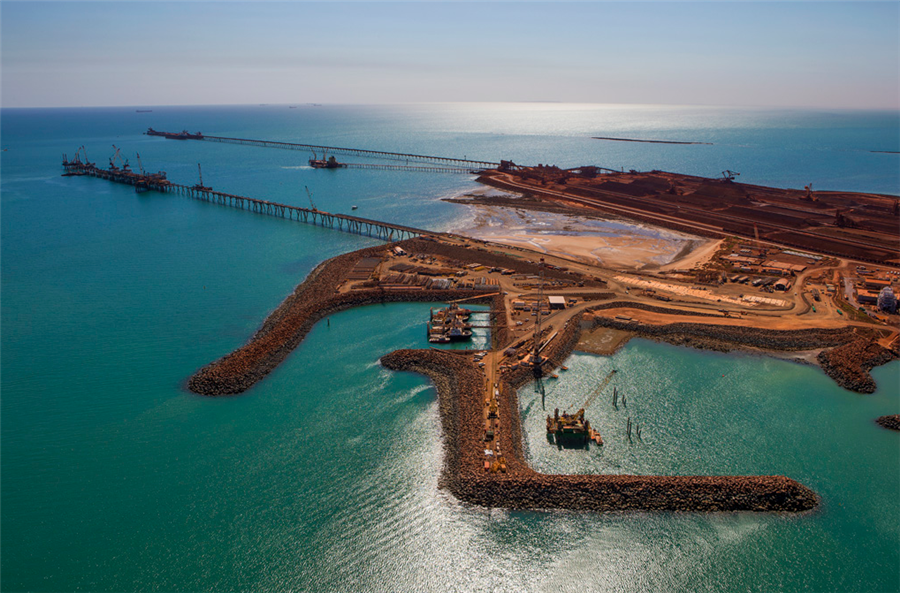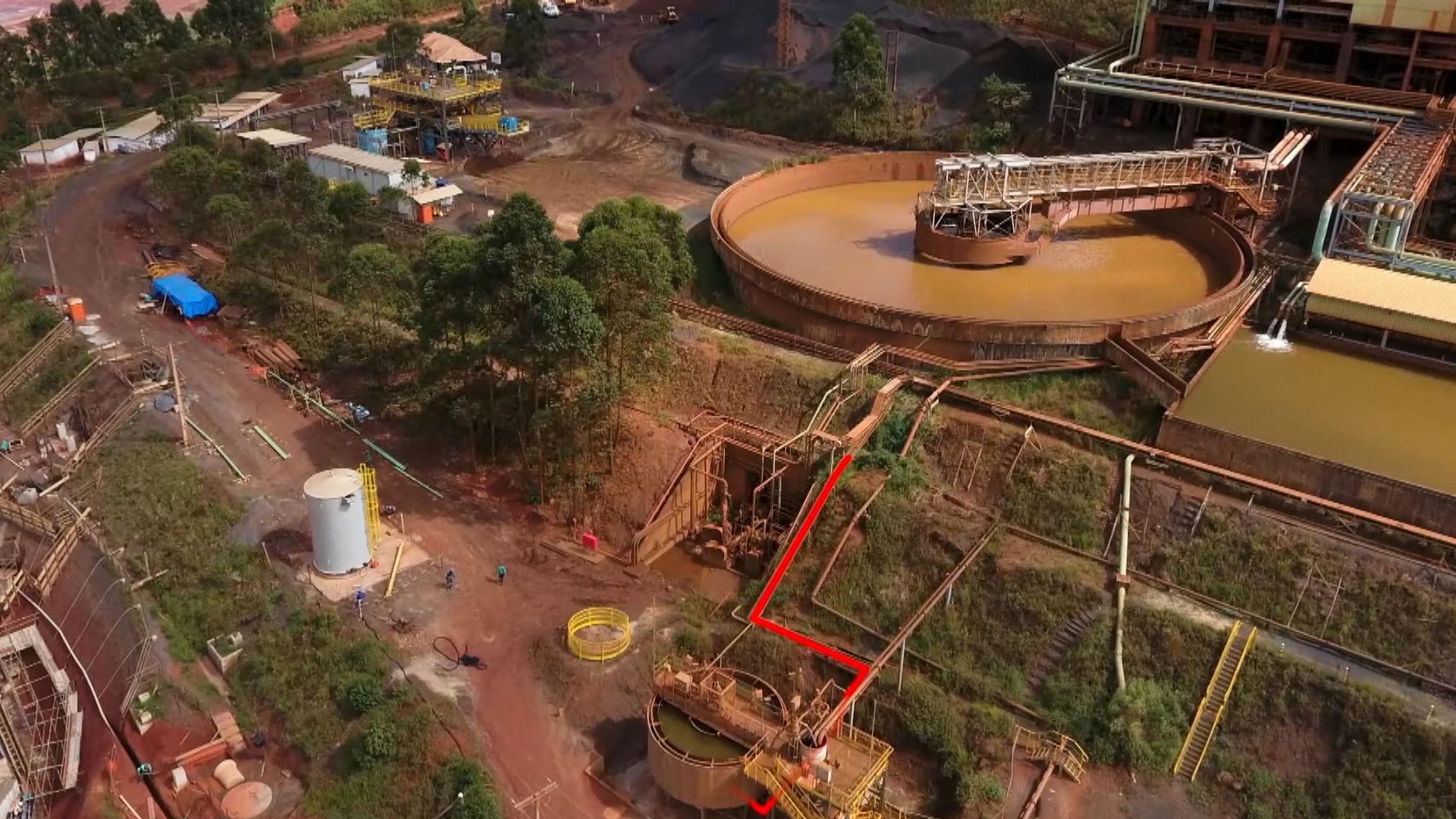Tesla battery plant will need 6 new flake graphite mines
By Simon Moores and Andy Miller for Industrial Minerals
$5bn ‘gigafactory’ to spark EV uptake; battery graphite demand could double in 6 years with no growth elsewhere
US automotive giant, Tesla, has revealed plans to build a new $5bn lithium-ion battery (Li-ion battery) ‘gigafactory’ which could potentially increase natural graphite demand by up to 37% by 2020.
The factory, which is forecast to start production by 2017, is expecting to have an output of 35 gWh/year by as early as 2020, which would over double the size of the current market.
If achieved, battery demand for natural graphite will increase 112% from today’s levels of 83,000 tpa. This is assuming no other growth in regions such as Asia which is today’s primary consuming region.
While R&D firms have been actively exploring non-graphitic carbon anode alternatives, the position of graphite anodes as the current material of choice for Li-ion battery producers means the graphite industry is likely to be the beneficiary of this growth.
Whether Tesla plans to utilise spherical graphite – made from large natural flake graphite – or synthetic materials remains unclear.
Nonetheless, expansion of the battery market for electric vehicles (EVs) on this scale presents a valuable opportunity to graphite suppliers.
Seizing an opportunity
In 2012, consumption from the battery sector constituted 8% of global natural graphite demand.
For the natural graphite market to supply the type of market growth Tesla are forecasting, large flake graphite output will need to increase significantly over the coming years.
IM Data estimates that large flake grades (+80 mesh and larger) only made up just over 20% of total flake graphite output of 375,000 tonnes in 2013, and with competition for these grades from other traditional markets (i.e. the refractories sector), new projects are likely to be required to meet the battery market demand.
A number of junior projects are aiming to reach production over the coming 2-3 years, many boasting large flake reserves capable of supplying new hi-tech markets.
With China’s large flake reserves depleting, and the efficiency of the country’s spherodization process under question, these projects have an opportunity to play a major role in supplying emerging markets.
Tesla’s rapid EV expansion plans are, however, centered around lowering Li-ion battery costs by over 30% per kWh, which will allow the company to bring a more price competitive product to market.
Raw material costs are therefore likely to be under close scrutiny as the company gears up for production, meaning any potential graphite suppliers will have to be competitive not only with other producers but also alternative carbon anode companies.
The FOB price of Chinese uncoated spherical graphite, 99.95% C, 15 microns stands at $3,400/tonne today, while prices of coated spherical graphite – the final material used in battery anodes – is valued at around three times this level.
From Ford to Tesla?
In 1913, Henry Ford introduced the use of an assembly line in the production of the Ford Model T motor car, which revolutionised the automobile industry and brought an affordable product to market in the US.
Over a century on and Tesla’s plans to internalise its Li-ion battery production could prove just as pivotal in the emergence of the EV market, unlocking a lucrative new layer of demand for natural graphite producers.
Although the use of graphite in Li-ion battery technologies is not a new concept, the quantities used in more developed portable device markets, such as phones or tablets, are not substantial enough to be a major source of demand for flake graphite.
As much as 56kg of graphite is, however, used per EV, making the market an exciting new prospect for the graphite community which has fueled a wave of interest in recent years.
While the market has failed to expand at the rate many had forecast –both the US and China have fallen short of government growth targets – EVs present the most feasible opportunity for graphite producers to diversify from traditional industrial markets.
If Tesla manages to meet its expansion plans over the coming six years, the company is likely to further the cause of not only the EV industry, but also the graphite market in its path.
Spherical graphite demand = 28,000 tpa
More News
Rio Tinto posts lowest Q1 iron ore shipments since 2019, tempers forecast
April 15, 2025 | 03:55 pm
Trump orders tariff probe on all US critical mineral imports
April 15, 2025 | 03:16 pm
{{ commodity.name }}
{{ post.title }}
{{ post.date }}




2 Comments
Jose J Thaikkattil
Nothing to worry we can provide you 2000Sqkm of HIGH GRADE GRAPHITE ORE Ranging from 3.5%, 5.18% and 25.50% carbon content available in Tanzania, mining license available for more details write to enquiry@grapeleaf.me
Vanessa Ray
very helpful article,i will follow with interests.i work in XRD Graphite Manufacturing Co.,Ltd which is Reliable china graphite supplier and graphite machining.i have over 10 years of experience,so we can communicate with each other.my email: y.li@xrdgraphite.com. hope your reply.